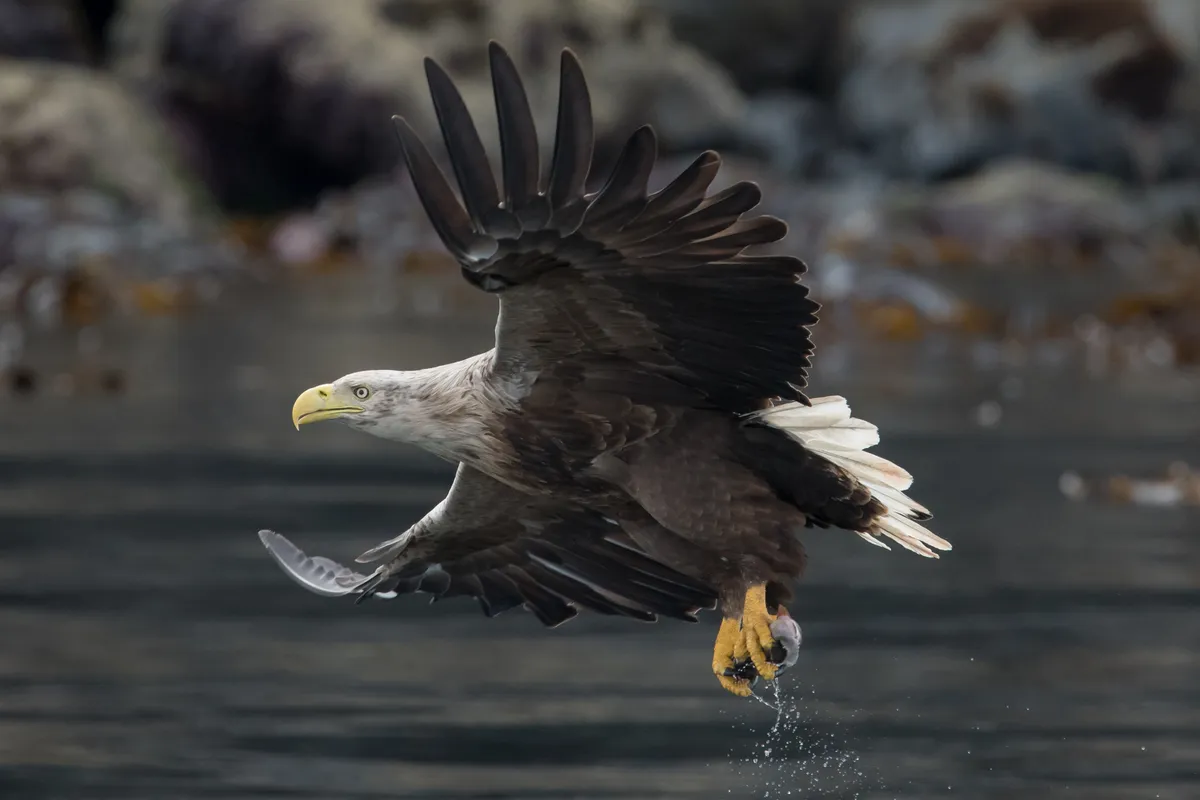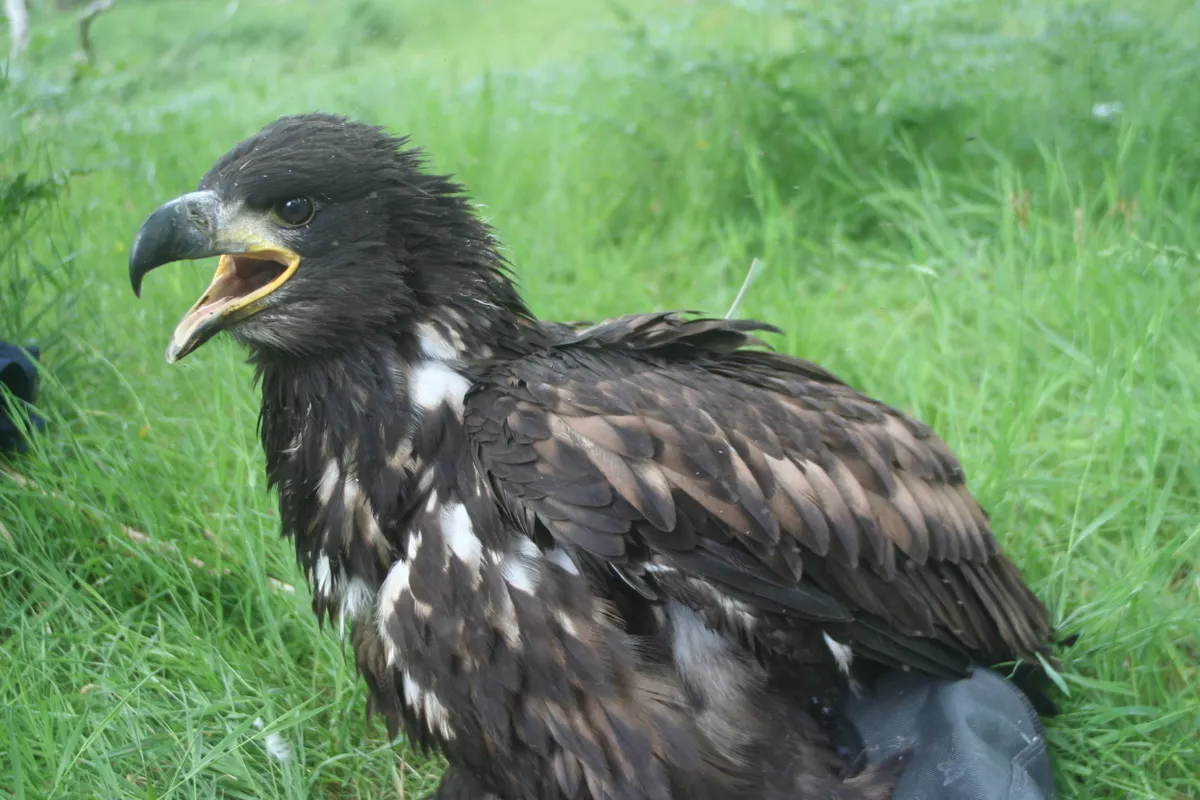White-tailed eagles were once widespread across Southern Britain until the eighteenth century when human activity wiped them out.
Plans to return them to their historic breeding sites have taken a step forward after a licence for their reintroduction was granted to Forestry England and the Roy Dennis Wildlife Foundation by Natural England.
“White-tailed eagles were once a common sight in England and southern Europe but were lost centuries ago,” says Roy Dennis, founder of the Roy Dennis Wildlife Foundation.
“This project aims to reverse that situation by restoring the eagles to their ancestral nesting places. We look forward to working with a range of organisations on the Island, and in the Solent area, to help make this exciting project a success.”

Public support for the project has been high with 76 per cent of local people surveyed supporting the reintroduction of the birds to the area.
Over the next five years young birds, bred in the wild in Scotland, will be reintroduced on Forestry England woodland on the Isle of Wight.
“Our woodlands provide a haven for wildlife and we hope that they will become home to these incredible birds on the Isle of Wight,” says Bruce Rothnie of Forestry England.
“This long term project is a great opportunity to help to restore the white-tailed eagle to the South Coast of England and we are proud to be involved in helping to bring back this rarest of birds to Britain.”

The Island offers an ideal habitat for the birds with numerous potential nesting sites and highly suitable foraging areas.
Birds are not expected to start breeding there until 2024 but will be closely monitored using satellite tracking devices until then.
The reintroduction is expected to provide a significant boots for the Island's economy, after a similar project on the Isle of Mull boosted the local economy by up to £5 million a year.
Main image: White-tailed eagle flying over lake in Germany. © Berndt Fischer/Getty